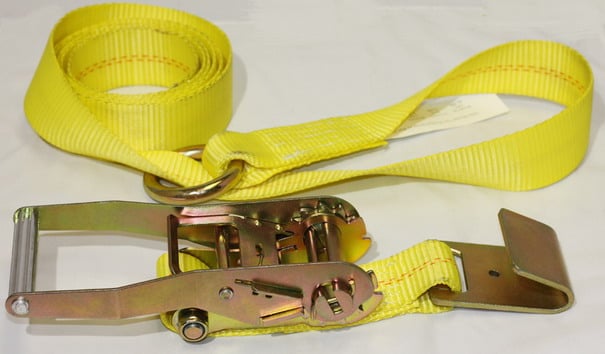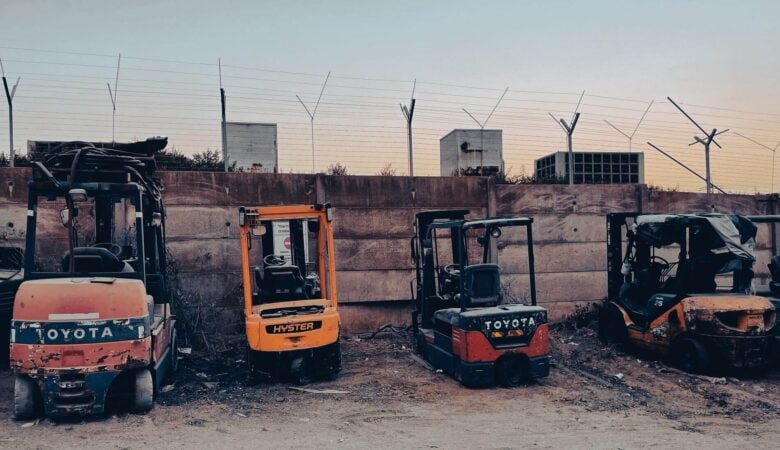The holiday season that time of year when truck drivers are under more pressure than they deal with the rest of the year. As such, there might be instances when attention to cargo control equipment is not as it should be. We strongly encourage our customers to prevent such instances from taking place in their cargo control routine. Being diligent about cargo control this time of year as you are any other time always pays off.
A recent accident in Minnesota underscores what we are referring to in this blog post. In early November, a woman driving on I-494 in Maple Grove found her car struck by a piece of metal that broke loose from a nearby truck. The piece of metal bounced off the pavement and went through the windshield of her vehicle.

Fortunately, the woman walked away with just a few minor cuts. Things could have been worse. As for the truck from which the metal piece dislodged, it has not been located. That did not stop the Minnesota State Patrol from using social media to post a reminder to drivers to make sure any non-contained cargo is properly secured during transport. The post specifically mentioned using toe or ratchet straps. Whether intended or not, the post speaks directly to truck drivers.
No Room for Error
Without locating the truck involved in this accident, there is no way to know what went wrong. What we do know is that there is no room for error when tying down cargo. Any non-contained cargo can pose a danger to other drivers if not properly secured. This is why every state includes specific legislation in its motor vehicle code requiring drivers to secure their cargo and fully control it throughout transport.
Where ratchet straps are concerned, the two biggest issues are related to working load limits and operational conditions. Both are things that should never be neglected by truck drivers.
Beginning with working load limits (WLLs), every ratchet strap should have its WLL printed on it. This number tells the truck driver how many tie-downs are needed based on the total weight of the load. Having said that, there are some important things to understand:
• If the WLL of a ratchet strap is either missing or illegible, the law requires assuming the lowest possible rating. If a driver assumes a higher rating which is then observed during a roadside inspection, the driver could be cited for a violation.
• Even if WLLs are clearly displayed on ratchet straps, drivers can still be cited if they don’t use enough tie-downs to accommodate the total weight of their loads.
The other area of concern is operational condition. In other words, a driver should never use ratchet straps that are frayed or demonstrate excessive wear and tear. Inspectors can downgrade a strap to zero if they observe any such issues that they believe compromise the integrity of the strap.
In short, truck drivers are required to use ratchet straps that are in good operational condition and appropriate to the load being transported. Drivers have to pay attention to working load limits, the operational condition of their ratchet straps, and the methods used to tie down cargo.
Make the Holidays Safe
The holiday season is supposed to be one of good cheer and happy times. Do your part to make the 2017 season safe by not slacking off on cargo control. Everyone else on the road is depending on you to make sure your straps and chains are in good condition and that you use appropriate methods to keep your cargo under control.









